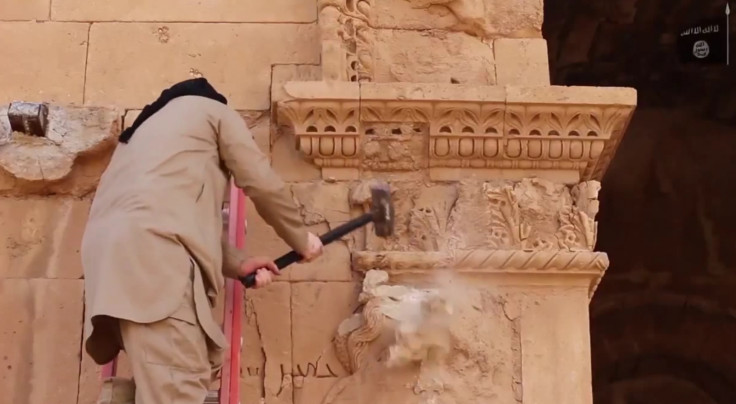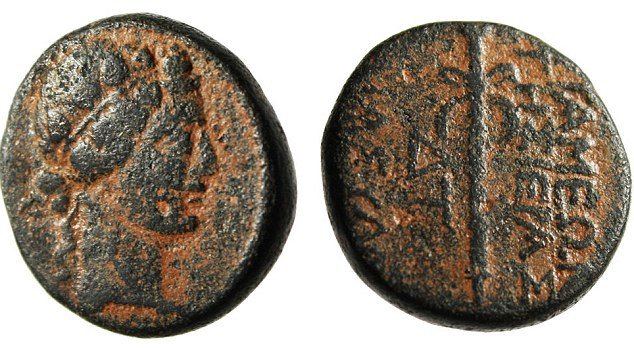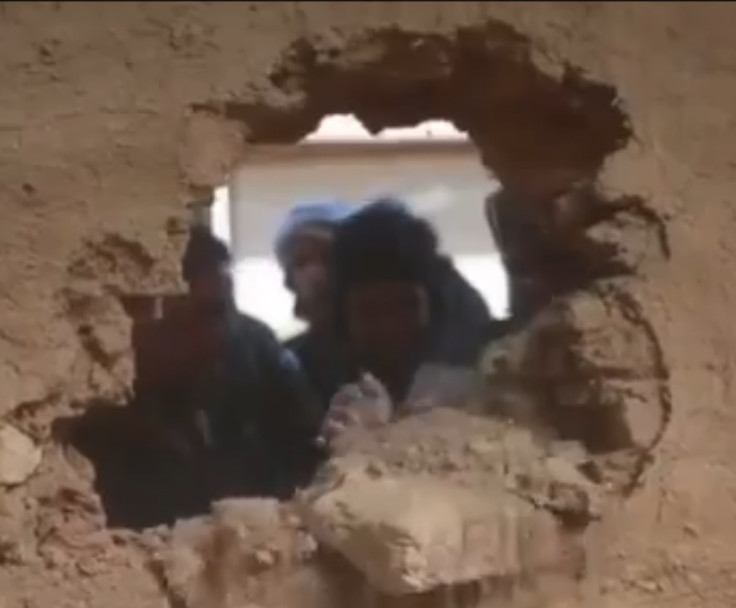Isis: Islamic State's war on history and the multimillion dollar global antiquities trade

The global trade in illicit antiquities has become increasingly important to Islamic State (Isis) as revenue from oil smuggling drops in the face of coalition air strikes and the Iraqi army offensive, even if the group is far more infamous for destroying rather than trading invaluable relics of Iraq and Syria's past.
Even as IS blew up the ancient city of Nimrud, south of Mosul, and published a video of the destruction on the internet, experts were warning that the looting and trade in antiquities out of IS-held areas of Iraq and Syria was more prominent now than ever before.
"They are very practical about what they destroy. They destroy things that are not easily marketable, and sell the portable antiquities," said Boston University professor Michael Danti, who is academic director at ASOR Cultural Heritage Initiatives, a programme set up by the US State Department.
He said that despite the perception that IS was amidst a general orgy of destruction of Iraqi antiquities, ASOR sources in Mosul said that the militants had taken clear direction from Sharia court judges to destroy the larger idols and sell the rest on the black market.
Isis lives on percentage – they take it from every shop in Mosul. That's how their income comes in
The group's destruction of Nimrud was likely due to the fact that the 3,000-year-old sculptures were too big to smuggle out of the country.
"Islamic law specialises exactly what to do with antiquities when you find them. You sell them and 20% of the profits goes as a tax. It is right there in Hanbali jurisprudence. They can easily refer to the Koran, Sunna and Hadith and Islamic jurisdiction to tell them exactly what to do. [...] So for a Salafist it is not a difficult dilemma," Danti said.
The smuggling of historic artefacts from Iraq is no new phenomenon. The trade was rife in the wake of the 2003 Iraq war, which saw Baghdad's museum looted and thousands of priceless antiquities taken from historic sites all over the south of the country. These statues, coins, manuscripts and sculptures were smuggled out of Iraq via neighbouring countries, just as they are today.
Dr Lamia Al Gailani-Werr, a London-based archaeologist who spent 10 years at the Iraqi National Museum in Baghdad, said that IS's looting of ancient Iraqi sites has been systematic. First, militants destroyed the hated Shia shrines, then churches were looted and later burned down or blown up. Only in recent months they have turned to archaeological sites.
In many cases, IS simply allows looting to take place in the areas it controls and then takes a cut of the profits, particularly when the items are smuggled into Turkey, Jordan or Lebanon.
In Syria, looting of historic sites is more commonplace than in Iraq, where much of the looted antiquities comes either from museums – such as that in Mosul – or the private collections of residents.
"Syria has been looted much more than Iraq. In Syria it is carried out by looters and thieves and Isis take a percentage. Isis lives on percentage – they take it from every shop in Mosul. That's how their income comes in," Al Gailani-Werr said.
From Iraq and Syria, antiquities are generally smuggled into eastern Turkey via IS-controlled checkpoints, then onward either to Greece or Cyprus and finally to Europe and the US, or to the Gulf and Israel, which has a huge market for antiquities, said Danti. This can range from coins worth a few hundred dollars to sculptures and ceramics worth tens of thousands.
We are really worried we will never see the high end antiquities again
"They will be written up with false accreditation papers. It won't say that they are from Syria or Iraq it will just say the Holy Land. [...] At the low end, coins will appear in online auctions [...], and the high end stuff will be more directly dealt, [by] a middle man who knows the taste of wealthy buyers. That's the material we are really worried about because we will probably never see it again," he said.

When looted antiquities arrive in their final destination with false papers it is extremely difficult for authorities to seize and then prove that they are from conflict zones, added Danti. Most often, illicit artefacts are listed as replicas on US or European customs forms, and overturning false paperwork is both extremely costly and time-consuming.
"The ultimate answer is that we need to stop the material getting out of its home country," he said.
Al-Qaeda hold antiquities on their asset sheets as a way to avoid inflation and degradation of currency
That is easier said than done. While Iraq is already covered by a UN Security Council resolution that requires member states to pass legislation that punishes those who buy conflict antiquities, there is no such rule for Syria. Equally, the smuggling routes between Iraq and Syria across their porous and increasingly lawless border with Turkey are only lightly policed – if at all.
It also comes at a time when the global antiquities trade is booming. Most experts say it is both impractical and impossible to put a figure on the value of the trade in illegal artefacts, but they are undeniably an increasing focus of wealthy investors at the same time as the wars in Syria and Iraq have made antiquities more plentiful than ever.
"The market is not saturated, it is bottomless. Antiquities are an incredible investment. Wealthy investors are advised to add antiquities to their portfolios – art has an amazing return. This even works its way into terrorist organisations – al-Qaeda hold antiquities on their asset sheets as a way to avoid inflation and degradation of currency," said Danti.

For Al Gailani-Werr, both the trade in antiquities from her home country and the destruction of sites such as Nimrud have been a devastating facet to the war that is ravaging the Levant. She said that former colleagues at the Iraqi National Museum were so heavily impacted by the recent IS ravages in northern Iraq that they had been given counselling.
"When you go and see the Iraqi archaeologists, they are devastated. Some of these artefacts are like friends to these people – it is very difficult. I know it myself. There are objects that I have known all my life, I have published and studied – to look and see that they have been destroyed or looted. I can't believe what I saw yesterday," she said.
Iraqi archaeologists are devastated. Some of these artefacts are like friends to these people – it is very difficult
What is all the more galling is that the proponents of the so-called caliphate have such a loose understanding of history, she said. In the Arabic video that accompanied the footage showing the destruction of Nimrud, the IS militant gave a nonsensical tirade about the city that was built by the Assyrian king Shalmaneser I in the 13<sup>th century BC.
"They give you the excuse that it is all idolatry. That it is the erasure of history – forgetting it and starting all over again [but] if you hear the ranting of this man on the Nimrud video, even their history is upside down. He was talking about a mythical king called Nimrud – can you imagine?"
© Copyright IBTimes 2025. All rights reserved.






















